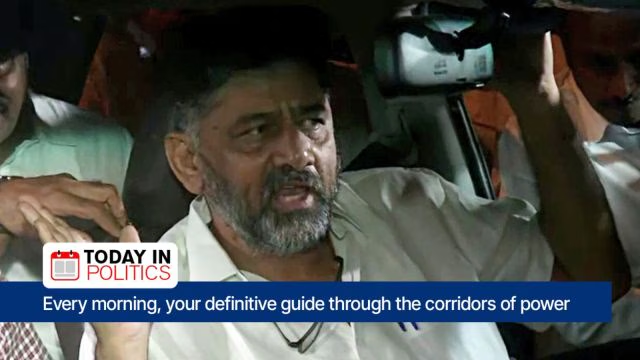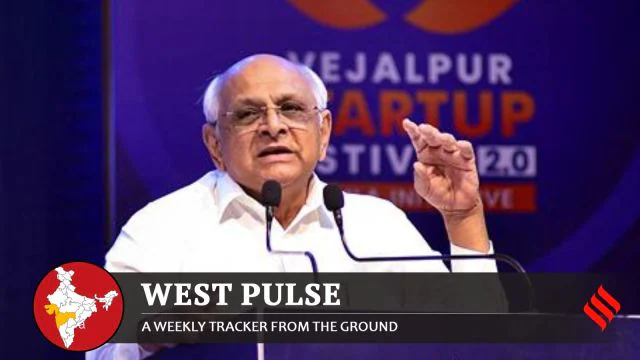The latest terror attack in Pahalgam, Jammu and Kashmir, has prompted a sudden spurt in tensions between India and Pakistan. In a rapid and aggressive response, India conducted Operation Sindoor, a series of coordinated air and missile attacks on what it called terrorist infrastructure throughout Pakistan and Pakistan-administered Kashmir.
Tragedy in Pahalgam
The assault in the picturesque Baisaran Valley of Pahalgam killed 26 individuals, 25 Hindu visitors, one Christian traveler, and one local Muslim civilian. The well-coordinated attack was first attributed to a militant outfit. Indian officials later linked the operation to Pakistani-based terrorist handlers with connections to infamous extremist networks.
This act of violence has not only emotionally shaken the nation but also sparked the security debate once again regarding tourism in conflict-sensitive areas.
Operation Sindoor: India’s Military Retaliation
In response to the massacre, India launched Operation Sindoor on May 7 against nine suspected terrorist camps and support centers along the border. The raids were said to strike in Pakistan’s heartland and in Pakistani-held Kashmir. Indian officials said the attacked sites were connected to long-standing terror groups suspected to have orchestrated cross-border assaults.
Pakistan, nevertheless, condemned the strikes as unprovoked aggression, reporting casualties among civilians and damage to infrastructure. Official statements provided a toll on the Indian strikes that included more than 30 civilians, with dozens injured.
Pakistan’s Counteraction
Responding to India’s attack, Pakistan threatened to retaliate. The Pakistani military reported that it had shot down multiple Indian aircraft in retaliatory fire and conducted intense shelling along the Line of Control. The exchange left further casualties and injuries, escalating the crisis.
The development has fueled widespread fear across border areas, with locals taking cover as artillery fire is still exchanged.
Global Calls for De-escalation
With the conflict on the verge of escalating further, world leaders have called for restraint. Diplomatic efforts are said to be ongoing behind the scenes, with the major powers calling for dialogue to avoid a wider military conflict between the two nuclear powers and neighbors.
The escalating conflict has also raised concerns over regional instability and its spillover effects on international peace and trade.
Domestic Political Reactions
Domestically, the government’s military action has received broad political backing. Party leaders have welcomed the firm action, while questioning internal intelligence lapses that could have resulted in the Pahalgam tragedy.
A few critics have attacked the government’s move to reopen tourist trails without proper security screening, a step that has been viewed as contributing to the magnitude of the tragedy.
What Lies Ahead
The situation on the border is still tense, and another escalation cannot be excluded. Both countries seem to be caught between the pressure of public outrage for retaliation and the world pressure for peace.
As the dust finally settles from the first strikes, everyone’s now watching to see if diplomacy can pull the region back from the edge—or if another installment of this decades-old war is imminent.






